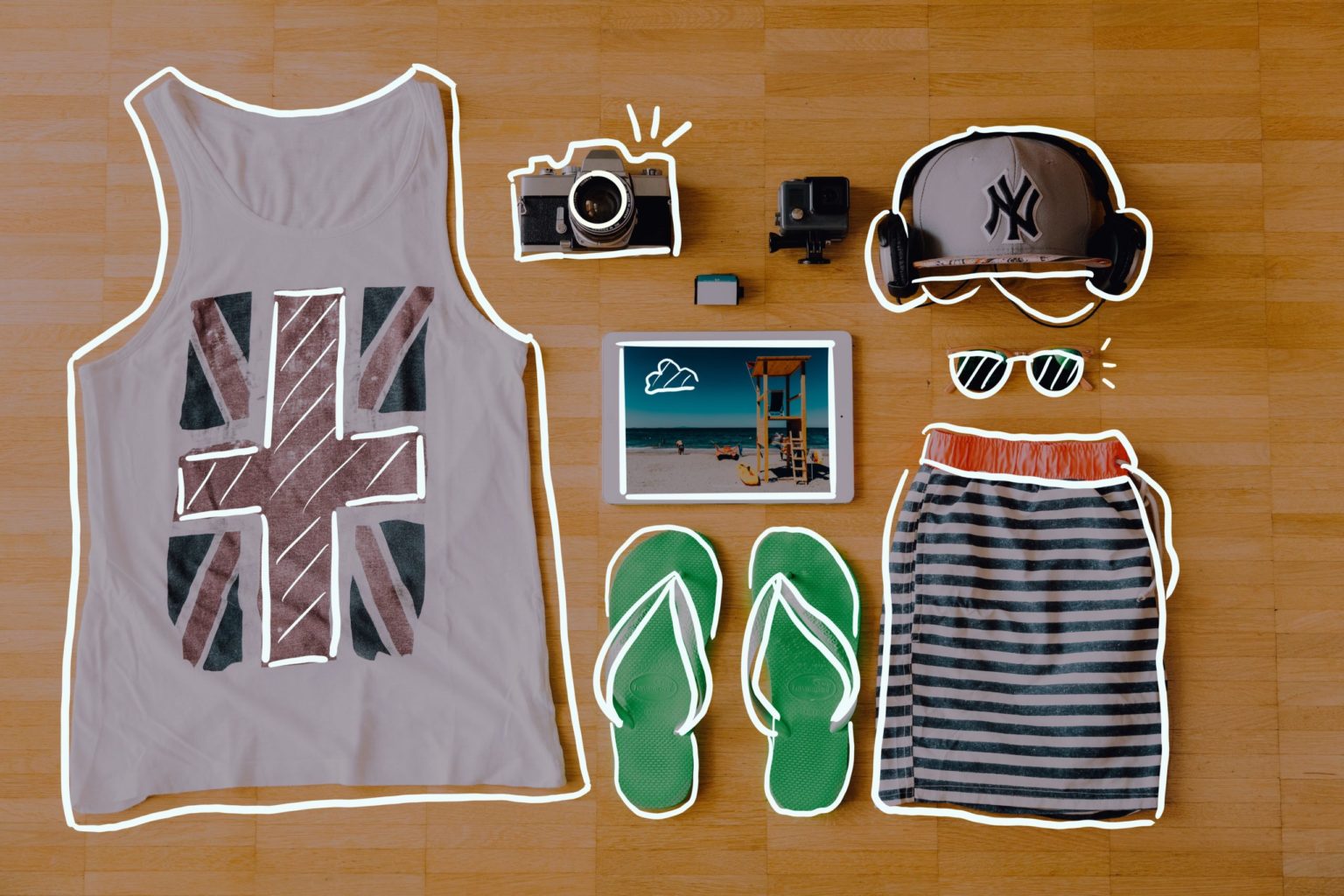
The 5 Trends That Disrupted and Reshaped Modern Retail
Retail in 2020 (and beyond) looks a lot different than retail in 2000.
Over the past 20 years, we’ve seen the rise of Walmart — only to be promptly usurped by Amazon — and the demise of previous retail stalwarts like Sears. We’ve also experienced significant changes in technology, including the release of the iPhone and the introduction of social media networks like Facebook and Instagram.
There are countless micro-moments that have altered retail as we once knew it, including where, when and how we shop as well as what consumers expect from brands. Five key trends in particular stand out for their continued impact on disrupting and reshaping the modern retail environment.
1) Introduction of Ecommerce
In the early 2000s, if you wanted something, chances are you had to go to a store to do research and make a purchase. Today, everything you can imagine is available for purchase online.
The introduction of ecommerce, which started in the mid-1990s but really took off in the early 2000s, has completely altered the retail experience for consumers and brands alike. Now, nearly every retailer has an ecommerce presence, and that’s transformed retail from a local industry into a global one by eliminating geographic boundaries for where people can shop.
Ecommerce has also paved the way for new models of retail, changed important focus areas for the industry (e.g. shipping logistics) and led to an explosion of retail data.
2) Availability of Mobile
When the iPhone first came out in 2007, it changed our mobile world. It was the first in a new class of smartphones that put computers in everyone’s pockets, providing unprecedented levels of accessibility, connectivity and information.
The rise of mobile has allowed consumers to connect with each other and with retailers in more ways and solidified the idea of “always on” retail. It has allowed consumers to shop physically and digitally simultaneously — creating even more blurred lines between channels along the way — and given retailers new opportunities to engage shoppers in store and online.
3) Innovation Through Direct-to-Consumer Strategies
Around 2010, a new crop of retailers emerged. Known as digital natives, these brands were born because the rise of ecommerce and mobile democratized access to consumers and lowered the barrier to entry into retail.
Notably, many of these retailers embraced a direct-to-consumer model, cutting out traditional middlemen that stood between brands and their customers. This model allowed them to collect more first party data on customers and product interactions and then use that information to connect directly with their customers. In doing so, they created a more frictionless, agile and highly personalized experience.
The experiences these digital natives deliver have gone a long way to change what consumers expect from retailers of all kinds. And the results these brands have achieved in terms of customer engagement have also forced retailers operating under more traditional models to take notice and make adjustments accordingly.
4) Rise of Subscription Buying
The widespread use of ecommerce and the growth of digital natives has also given rise to the subscription economy, in which consumers subscribe to receive products regularly (typically as a set-it-and-forget-it replenishment model or as a box filled with new products each month).
This subscription model offers entirely new buying options for consumers, creates more memorable brand experiences and often allows for improved personalization as brands learn shopper preferences. Meanwhile, it gives brands new ways to engage with consumers by creating more touchpoints and learning opportunities. Finally, it can help improve retention, especially in the case of replenishment-driven subscriptions.
5) COVID-19 Pandemic
Finally, the COVID-19 pandemic represents a sharp and unexpected inflection point that will have both short and long term effects on retail. Short term, it has forced a near total shift to ecommerce and brought many offline shoppers online for the first time. Long term, it is expected to accelerate the shift to ecommerce that was already underway by as much as three years.
Beyond the impact on shopping behaviors, the COVID-19 pandemic has also forced brands to make quick decisions around staffing, procedures, brick-and-mortar stores and technology investments that will have implications for years to come.
Notably, retailers that embraced direct-to-consumer strategies have proven the most agile during this time and were able to adapt to the necessary changes more easily than others, such as prioritizing retention strategies to capitalize on an influx of first-time buyers.
What’s in Store for the Next Wave of Retail?
Altogether, these key trends disrupted the industry as we once knew it and have ushered in a new era of retail — one that will be more competitive, digitally-fluid and agile than ever before. And retailers must make adjustments now to respond to these changes and prepare for success going forward.
With that in mind, what does it take to compete effectively in the next wave of retail? Find out everything you need to know in The Retail Reckoning, which explores what makes retail unique, how retail has evolved over the past 20 years and how brands can prepare for success in the next wave of retail.






